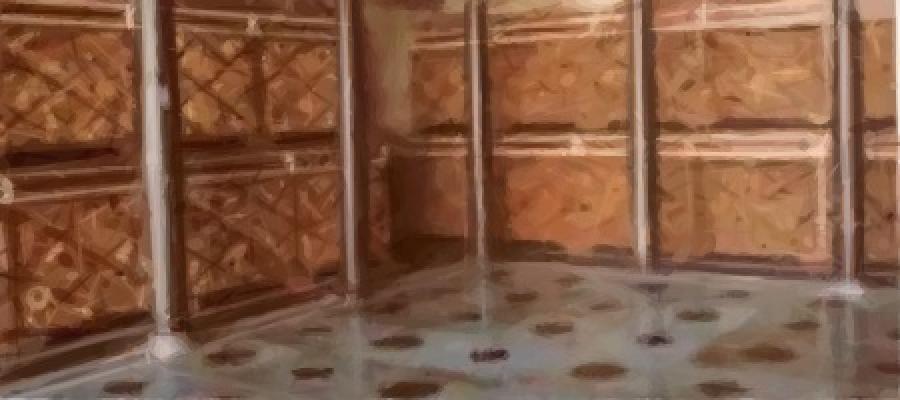

Serapeum has been referred to as the daughter of the Library of Alexandria
The Museum of Alexandria was possessing the second library where it was depositing the remaining funds of the principal library. It was located in Serapis’s temple, founded by Ptolemy the IIIrd and was named as Serapeo. It used as bridge among the Egyptian culture and the Greek culture, and turned into center of scientific investigations after the destruction of the Museum. It was closed and destroyed after the edicts of the emperor Teodosio I against the pagan culture in 391 A.D.
The difference with mother-library is the following: SERAPEUM have a public character; and would be available to the entire city.
It seemed very appropriate name; a system of answered questions about; taxes and legal questions, accessible to all kinds of public. With rigor.
Excavations
The Catacombs beneath the Serapeum
Architecture has been traced to an early Ptolemaic and a second Roman period.The excavations at the site of the column of Diocletian in 1944 yielded the foundation deposits of the Serapeion. These are two sets of ten plaques, one each of gold, silver, bronze, Egyptian faience, sun-dried Nile mud, and five of opaque glass.The inscription that Ptolemy III Euergetes built the Serapeion, in Greek and Egyptian, marks all plaques; evidence suggests that Parmeniskos (Parmenion) was assigned as architect.
The foundation deposits of a temple dedicated to Harpocrates from the reign of Ptolemy IV Philopator were also found within the enclosure walls. Signs point to a first destruction during the Kitos War in 116 AD. It has been suggested it was then rebuild under Hadrian.This is supported with the 1895 find of a black diorite statue, representing Serapis in his Apis bull incarnation with the sun disk between his horns; an inscription dates it to the reign of Hadrian (117-138).
It has also been suggested that there was worship of the goddess of health, marriage, and wisdom Isis. Subterranean galleries beneath the temple were most probably the site of the mysteries of Serapis. Granite columns suggest a Roman rebuilding and widening of the Alexandrine Serapeum in AD 181–217. Excavations recovered 58 bronze coins, and 3 silver coins, with dates up to 211. The torso of a marble statue of Mithras was found in 1905/6.





















I had a really urgent problem in the middle of the summer that I needed to get fixed. I tried contacting a bunch of agencies but they were either unavailable, slow, had terrible service or were crazy expensive (one company quoted me 1000€!). Josep replied to me within 10 minutes and managed to submit my forms on the deadline and all for a great price. He saved my life - 100% recommend!